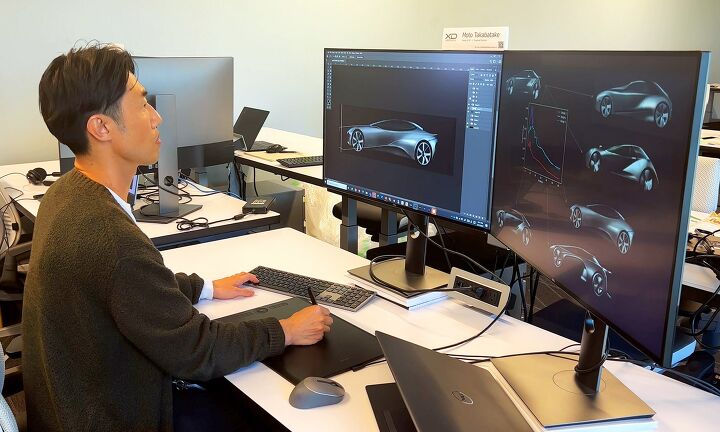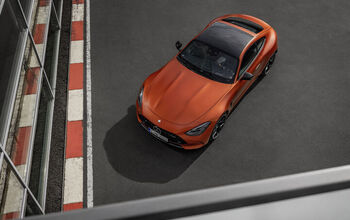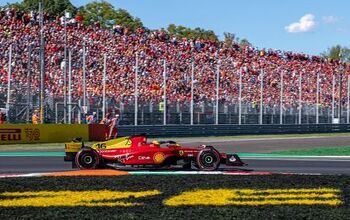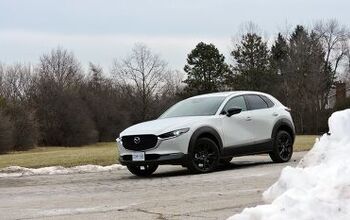Toyota Integrates AI with Engineering Expertise To Focus On EVs
Toyota Research Institute (TRI) has recently introduced an advanced artificial intelligence (AI) technique aimed at augmenting the capabilities of vehicle designers. This approach allows designers to incorporate initial sketches and engineering constraints into their creative process. The technique effectively reduces the number of iterations required to balance both design aesthetics and engineering necessities.
Bridging Design and Engineering
Avinash Balachandran, director of TRI's Human Interactive Driving (HID) Division, highlighted the challenge faced by designers using traditional generative AI tools, which are limited in addressing complex engineering and safety considerations in car design. TRI's technique marries Toyota's engineering foundation with cutting-edge generative AI, allowing for a more integrated and efficient design process.
Researchers at TRI have published two papers detailing how this technique integrates specific engineering constraints, such as aerodynamic drag and chassis dimensions, into the AI-driven design process. This integration leverages optimization theory, commonly used in computer-aided engineering, with text-to-image-based generative AI. The result is an algorithm that enables designers to adhere to engineering constraints while maintaining their creative vision.
Optimizing Design with AI
For instance, a designer can input a text prompt requesting a range of designs from an initial sketch, specifying styles like "sleek," "SUV-like," and "modern," while simultaneously optimizing for a particular performance metric such as aerodynamic drag. This method can also be adapted to optimize other performance metrics or constraints derived from a design image.
Charlene Wu, senior director of TRI's Human-Centered AI (HCAI) Division, emphasized TRI's commitment to leveraging AI to enhance the creative capabilities of automobile designers and engineers. This tool is particularly beneficial in accelerating and refining the design process for electrified vehicles, a key focus for Toyota.
Focus on Electrification and Efficiency
Reducing drag is paramount in improving the aerodynamics of Battery Electric Vehicles (BEVs) to maximize their range, as noted by Takero Kato, BEV factory president at Toyota Motor Corporation. This technique aids in achieving that goal.
For a deeper understanding of this technique, interested individuals can refer to the research papers, "Interpreting and Improving Diffusion Models Using the Euclidean Distance Function" and "Drag-guided diffusion models for vehicle image generation."
Become an AutoGuide insider. Get the latest from the automotive world first by subscribing to our newsletter here.
This article was co-written using AI and was then heavily edited and optimized by our editorial team.
More by AutoGuide.com Staff































Comments
Join the conversation